Energy distributor Energex reported 135 kilometres of its transmission network in Queensland’s southeast was rebuilt over 11 days following damage caused by Cyclone Alfred, a task that electricity infrastructure modelling developer Neara says shows current models are no longer viable in an increasingly volatile climate.
Neara Head of Operations and Legal Tom Gooch told pv magazine the Neara 3D-modelling platform empowers utilities to proactively manage and mitigate risks through network-wide simulations, assessing how key assets will perform under various conditions ranging from heatwaves, floods, hurricanes and bushfires.
“By leveraging available data insights on shifting climate patterns and their environmental impact, utilities can prepare for extreme weather by deploying pre-determined risk mitigation strategies both before and during the event,” he said.
“This includes simulations and analysis assessing which areas of the network are particularly damage-prone during certain weather events, ranging from rising flood water causing powerline disconnection, or ice and snow buildups that impact network reliability.”
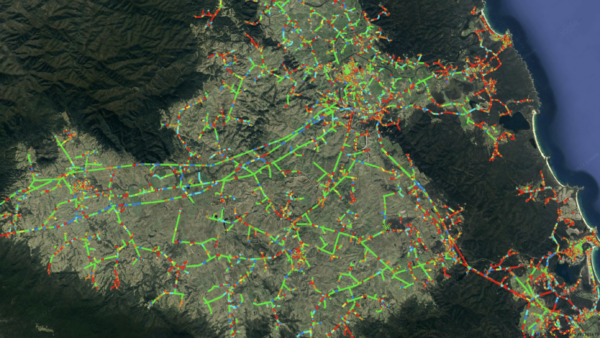
Image: Neara
The system allows utilities to also pinpoint where the greatest community impact will likely manifest, he said.
“Predictive technology powered by artificial intelligence (AI) and machine learning (ML) can facilitate critical grid hardening improvements like pole replacements or reinforcements before an event occurs, shifting the industry from its traditional approach of reactive to proactive,” Gooch said.
“The long-term outcome of pre-emptive risk management strategies could be immense, with utilities able to identify and manage vulnerabilities to improve energy reliability.”
He said providers are working quickly to update processes and practices during and following extreme weather situations, but the immediate impact on infrastructure and citizens is significant and requires urgent action.
“Blackout fatigue is now setting in for many residents in vulnerable regions. This has increased urgency behind new risk/value analysis and grid management capabilities to a critical high for utilities around the country, including SA Power Networks,” Gooch said.
“In South Australia, the state experienced its worst natural disaster with the Murray River flooding. Tens of thousands of homes and businesses were impacted, leaving SA Power Networks as the state’s largest energy provider focused on reducing disruption and keeping communities safe.”
“The scale of the event made it evident that traditional, manual management of grid maintenance and electricity distribution were not viable.”
SA Power Networks consequently deployed a new approach during and post-event, underscored by AI and light detection and ranging (LiDAR) data processing capabilities, creating a three-dimensional map of the entire River Murray region, including all SA Power Network assets.
The method helped minimise service disruptions, with reports analysing 21,000 powerline spans within the flood area completed every 15 minutes, a process that traditionally takes weeks to months, to complete.
“SA Power Networks re-energised power lines in just five days, significantly reducing the initial three-week timeline projected,” Gooch explained.
“With a complete model of the entire flood zone, SA Power are now leveraging Neara’s technology to underpin future response strategies and accelerate reconnection times.”
Beyond digital grid and asset analysis to restore power, Neara is now working with utilities post-event to strengthen network assets.
“In emergencies caused by extreme weather events, decisions on replacement solutions are made by field crews who work to a goal of restoring power as quickly as possible, but this approach doesn’t allow for infrastructure to be built back better,” Gooch said.
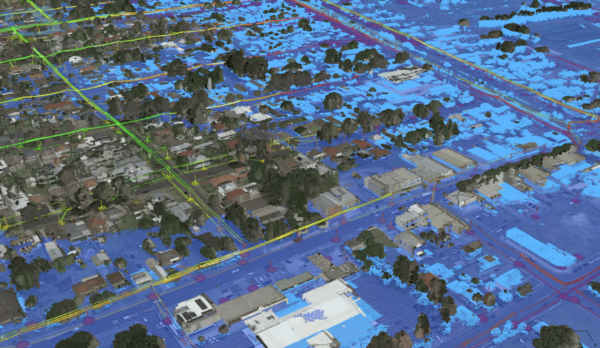
Image: Neara
“By providing a solution offering real-time, engineering-grade recommendations, teams on the front line can implement stronger, safe and compliant solutions that reinforce network assets, reduce risk, and keep consumers connected.”
Internationally, Neara has deployed its system to United States energy provider CentrePoint, that has infrastructure in a hurricane prone region around Houston, Texas.
“They’re focusing their grid hardening investments strategically and cost-effectively, using digital modelling to simulate the impact of extreme weather, including cyclones and extreme storms on the network (and customers) during and after an event,” Gooch said.
“This simulation is keeping CentrePoint steps ahead in its response work, targeting the weakest areas of the network for urgent upgrades.”
This content is protected by copyright and may not be reused. If you want to cooperate with us and would like to reuse some of our content, please contact: editors@pv-magazine.com.
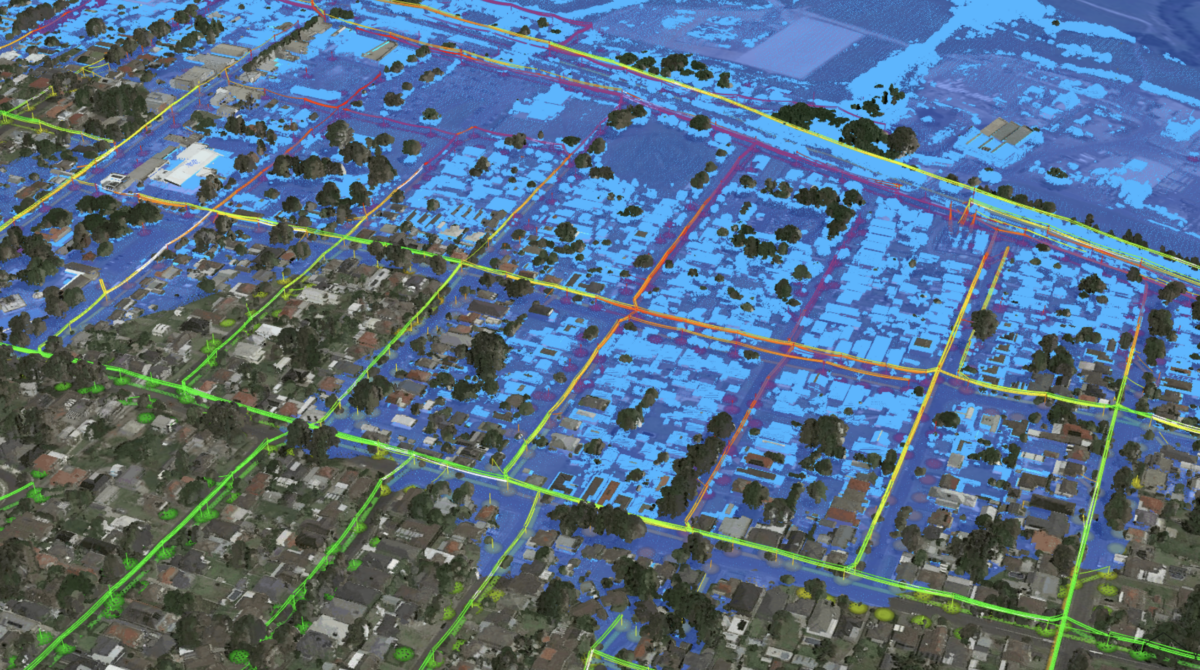
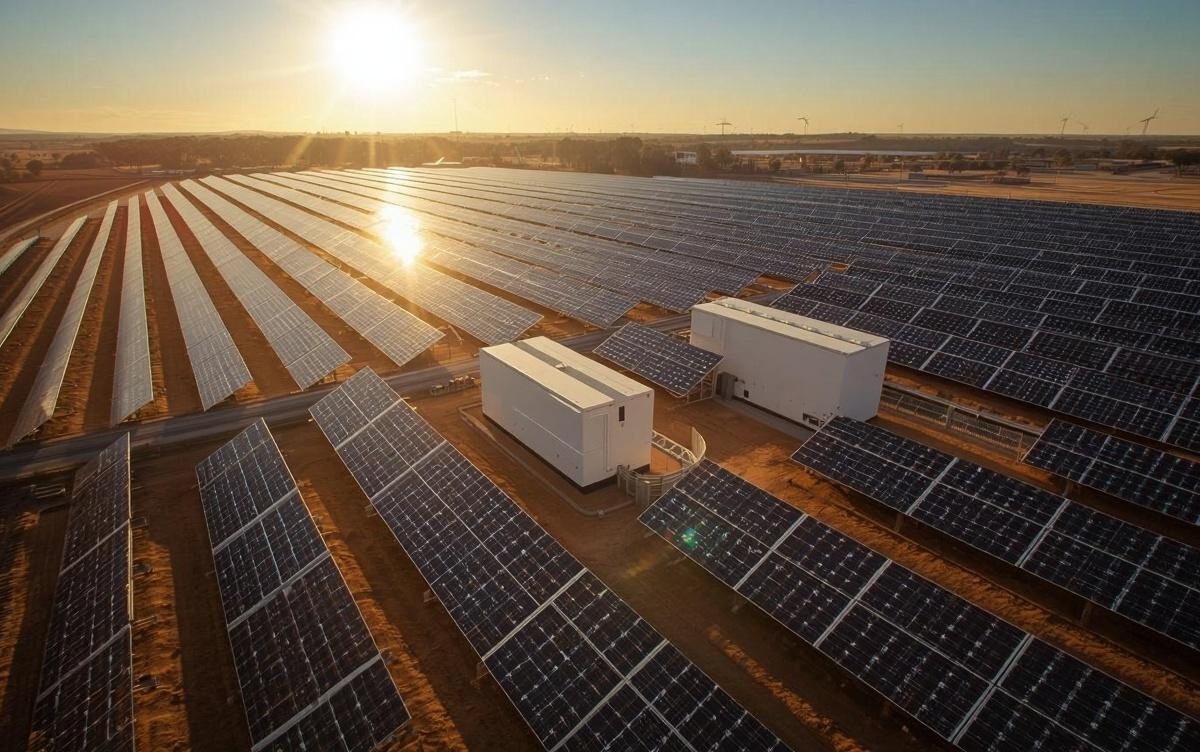




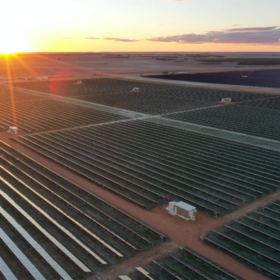


By submitting this form you agree to pv magazine using your data for the purposes of publishing your comment.
Your personal data will only be disclosed or otherwise transmitted to third parties for the purposes of spam filtering or if this is necessary for technical maintenance of the website. Any other transfer to third parties will not take place unless this is justified on the basis of applicable data protection regulations or if pv magazine is legally obliged to do so.
You may revoke this consent at any time with effect for the future, in which case your personal data will be deleted immediately. Otherwise, your data will be deleted if pv magazine has processed your request or the purpose of data storage is fulfilled.
Further information on data privacy can be found in our Data Protection Policy.